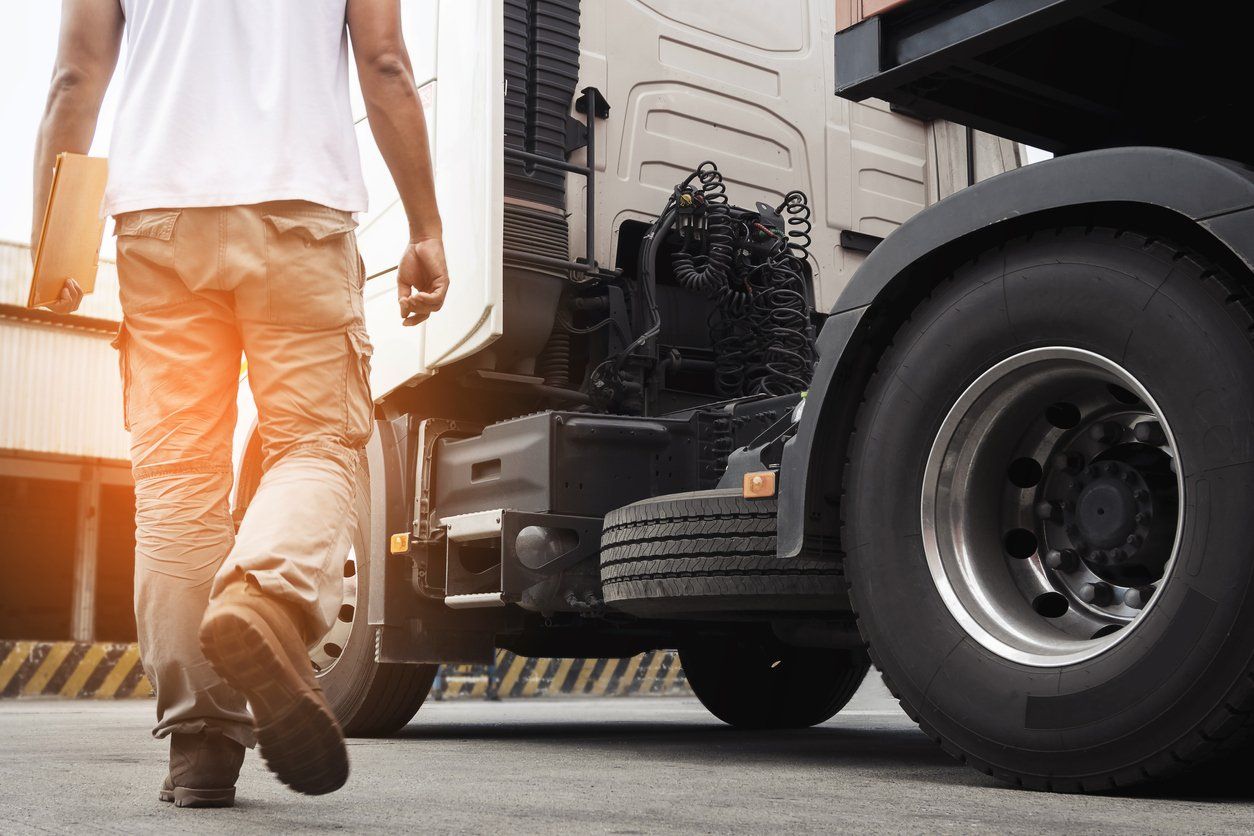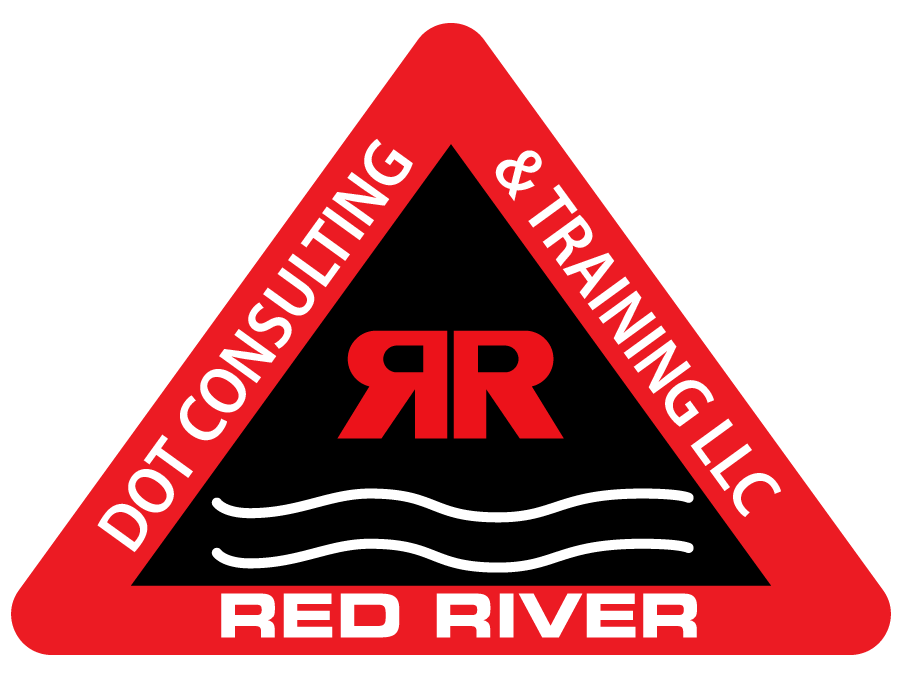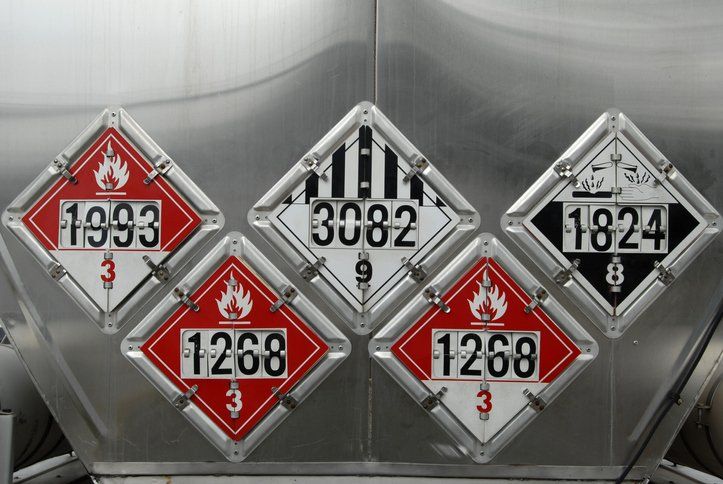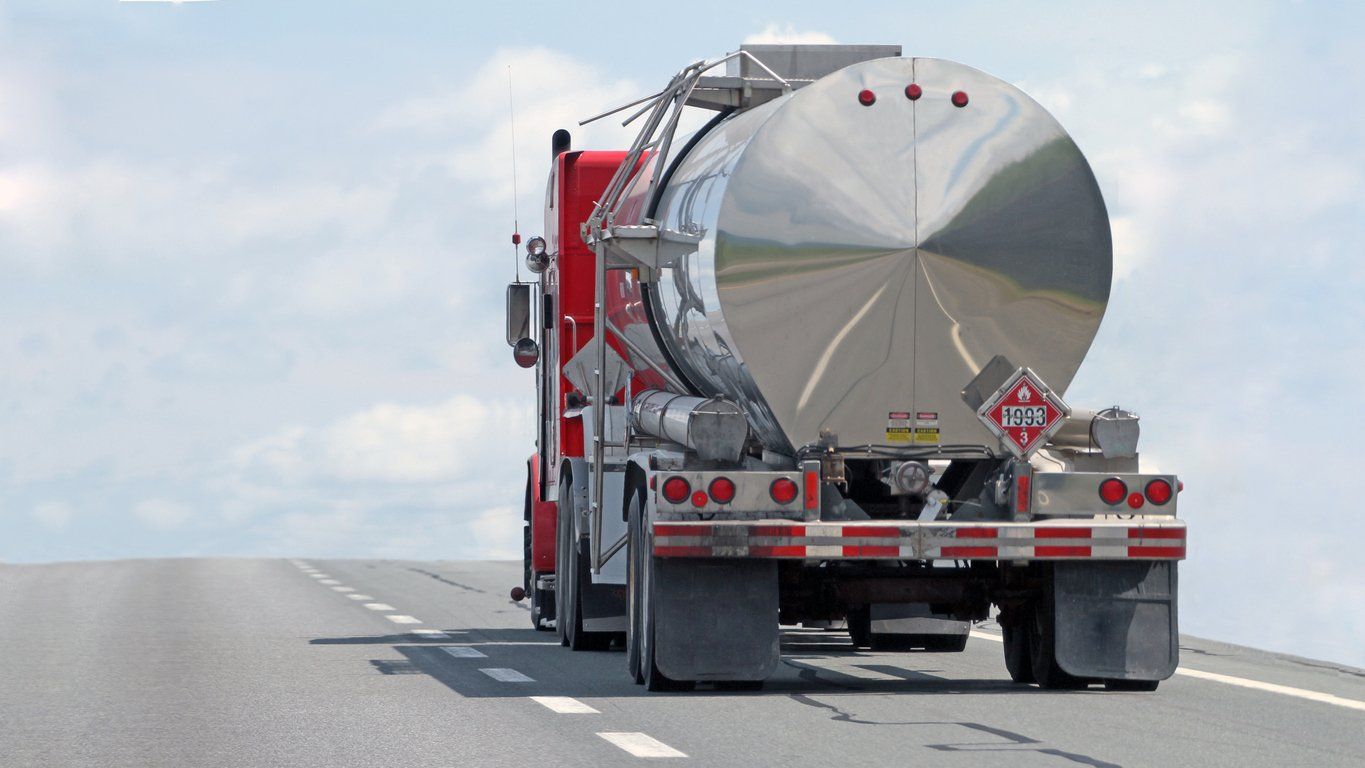Understanding DOT Roadside Inspections: What You Should Know
Frankly, many truck drivers aren't thrilled with the DOT roadside inspection. And the reason is quite obvious; they fear failing the inspection. However, US Department of Transport inspections aren't something you should be anxious about. While they may happen out of the blue, anywhere and at any time, you'll easily pass the test if you plan ahead for the different inspection levels.
Foremost, you need to understand what a DOT roadside inspection is, the different levels of inspection, and how you can efficiently prepare for each of them. Well, don't worry as this article covers all that and more.
So, What Is a DOT Roadside Inspection, and How Is It Conducted?
Put simply, a DOT roadside inspection is a series of examinations that ascertains if Commercial Motor Vehicles (CMVs) are in good shape to operate. This happens when a Motor Carrier Safety Assistance Program (MCSAP) inspector examines individual commercial motor vehicles and drivers to determine if they comply with the Federal Motor Carrier Safety Regulations (FMCSRs) and Hazardous Materials Regulations (HMRs.)
Failure of compliance may lead to revocation or withdrawal of the operational license. But upon compliance, you will be allowed to resume your operations. Remember that a traffic enforcement violation may also be recorded in conjunction with a roadside inspection.
The 8 DOT Inspection Levels
Under the North American Standard, there are eight different levels of a DOT Roadside Inspection. And according to the Commercial Vehicle Safety Alliance (CVSA), there are about four million inspections conducted across North America every year.
Unfortunately, you may not even know which of the eight different levels will be conducted until you're stopped by the inspectors. Consequently, it is vital to understand each of these eight levels of DOT inspections and help your drivers become compliant.
Level 1: Full
Considered the most comprehensive and common DOT Roadside Inspection, the Level-1 North American Standard Inspection covers a series of tests on the driver and the vehicle. Talking of how common it is, in 2019, 45568 inspections out of 67072 were considered as Level-1 inspections by CVSA. With these numbers, it wouldn't be fair not to consider this as your most regular inspection.
All the same, it examines the driver's Commercial Driver License (CDL), seat belt, drug and alcohol intake, medical examiner's certificate, Skill Performance Evaluation (SPE) certificate (if applicable), the record of duty status (RODS), and hours of service compliance.
In regards to the vehicle, it can examine several factors, including but not limited to; brake systems, electrical systems, coupling devices, lighting devices, steering system, fuel and exhaust system, emergency exit, windshield wipers, rims, hubs, wheels, and the overall open body. HM/DG requirements may also apply. In other words, level-1 inspection is mostly concerned with driver and vehicle safety.
Level 2: Walk-Around
Generally, this inspection level is very similar to the level-1 DOT inspection. However, the one distinction existing is that level 2 will only examine those items that can be inspected without having to physically get below the vehicle. That even explains why it's referred to as the walk-around vehicle/driver inspection.
While it can be less rigorous than the former, level 2 inspections still call for the driver to prepare as much as possible since it encompasses nearly every item in level-1, such as drug and alcohol screening, among other vehicle and driver-related items.
Level 3: Driver Only
As the name suggests, level 3 driver-only inspection will examine the credentials specific only to the truck driver when applicable. This comprises; the driver's license, medical examiner's report, skill performance evaluation, hours of service, seat belt, the record of duty status, carrier identification and status, as well as drug/alcohol screening. Not to mention, traffic violations will also be included in a level 3 inspection, if applicable.
Level 4: Special Study
Level 4 DOT inspections are special examinations for a one-time investigation of a certain vehicle or driver-related concerns. It may be done to verify the truth about a particular norm or trend. For instance, the fuel or exhaust system may be examined for safety purposes or air pollution concerns. Alternatively, it may even entail the verification of a common violation trend among the CMV operators and carriers.
Level 5: Terminal
Level 5 DOT inspection, often referred to as vehicle-only inspection, conducts an inspection of the vehicle-related items stated under level-1 North American Standard inspection. The only difference is that it is conducted in the absence of the truck driver. It may also be done at any location, including a company-owned facility akin to the DOT audit.
Level 6: Radioactive Material
Level 6 DOT inspection is dedicated to Transuranics and Highway Route Controlled Quantity substances. In other words, it is largely concerned with radioactive shipments or rather radioactive cargo. The NAS inspection specific to radiological shipments are subject to;
- Enhancement to the level 1 DOT inspection
- Requirements pertaining to radiological materials, that is, before and after shipment
- NAS inspection of Transuranic Waste and HRCQ of radioactive shipments
Upon passing the test, a special nuclear symbol decal, which is only valid for one trip, is given to the motor vehicle for compliance.
Level 7: Jurisdictional Mandated
Level 7 DOT inspections are more unique than the other inspection levels as they include any jurisdictional mandated inspection program that does not meet the requirements of any other inspection level. In other words, they apply only to vehicles that do not meet the requirements of other levels. Typically, a jurisdictional mandated inspection would apply to school buses, shared-ride transportation, Intra-Provincial Operations, and hotel courtesy shuttles.
Level 8: Electronic Inspection
A level 8 electronic inspection is a fairly new inspection level that not everyone is well familiar with. It doesn't necessitate physical interaction with an inspector as it is conducted entirely electronically/wirelessly while the vehicle is in motion. As eligibility for a level 8 inspection, the details collected should entail all of the required/applicable data points listed by CVSA, including;
● A clear location with GPS coordinates
● Electronic validation of the vehicle's operator
● Driver's license class and endorsement for the vehicle being operated
● License status
● Skill Performance Evaluation (SPE) Certificate
● Medical Examiner's Certificate
● Record of Duty Status (RODS) of the current driver
● Hours of Service compliance
● USDOT number
● Power unit registration
● Operating authority
● Unified Carrier Registration compliance
● Federal out-of-service orders
Tips to Prepare Your Drivers for DOT Inspections
As mentioned earlier, roadside inspections can happen at any time. It is, therefore, important for drivers to be ready for an inspection. Here are a few tips:
- Provide training for drivers so that they understand what an inspection is and the different levels
- Teach drivers how to properly perform a Pre and Post Trip Inspection
- Follow hour of service regulation
- Follow traffic control devices
- Stay ELD compliant
- Perform walk-around when applicable, looking for defective lights, tires, or loose cargo
- Implement Preventive Maintenance Programs
Key Takeaway
One of the best solutions to help minimize DOT roadside violations and get ready for the inspections is conducting a preventive maintenance program for your vehicles. This will go a long way in identifying potential violation issues or malfunctions so you can address them earlier. Fortunately, we can assist you with setting up your maintenance shop. You can contact Red River DOT Consulting and Training for In-House drivers training or visit our online training program.







